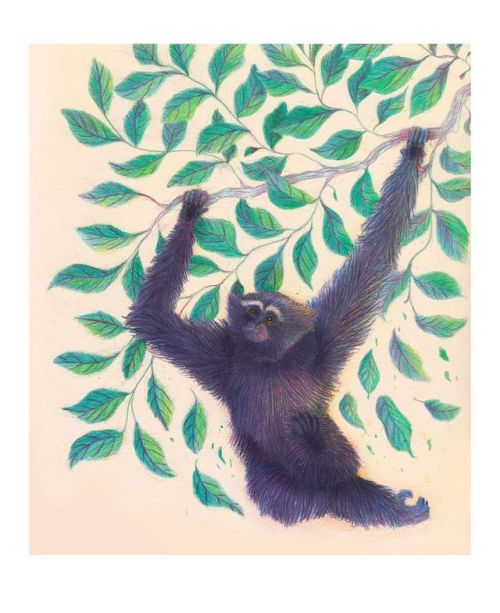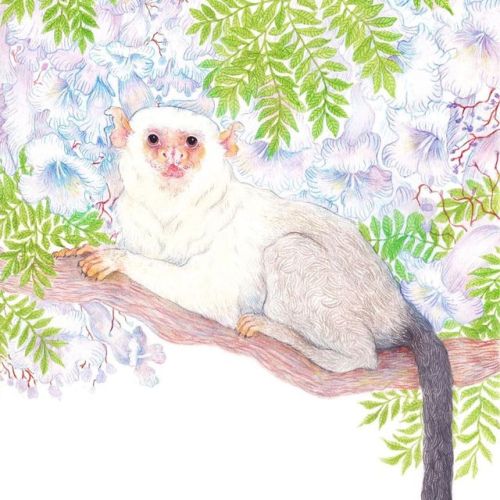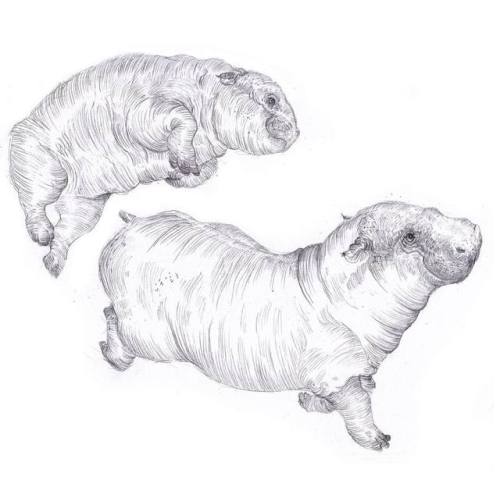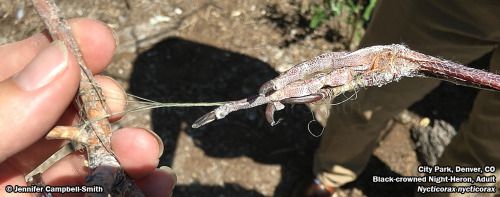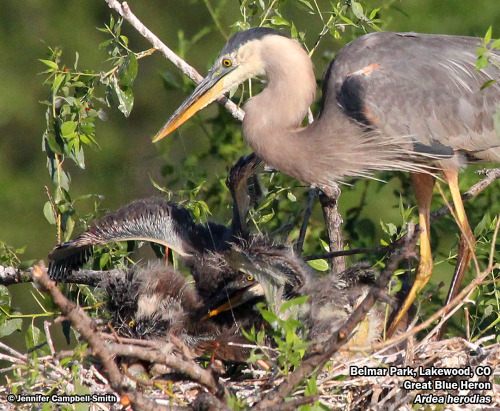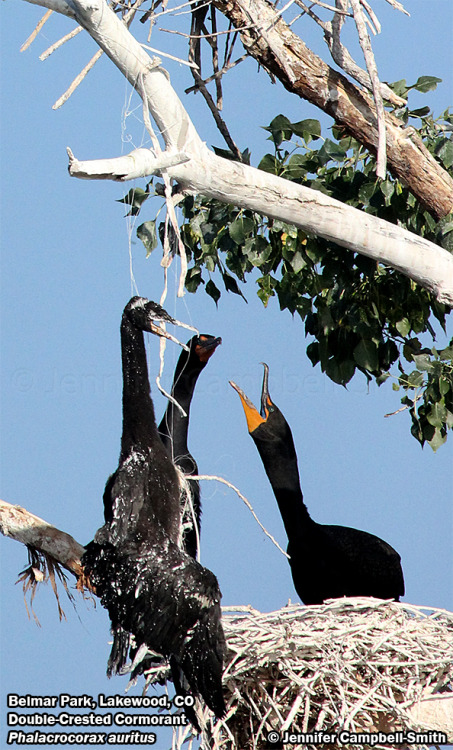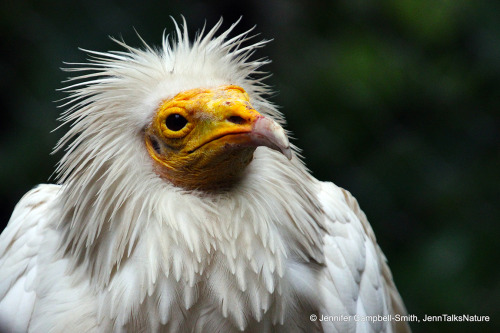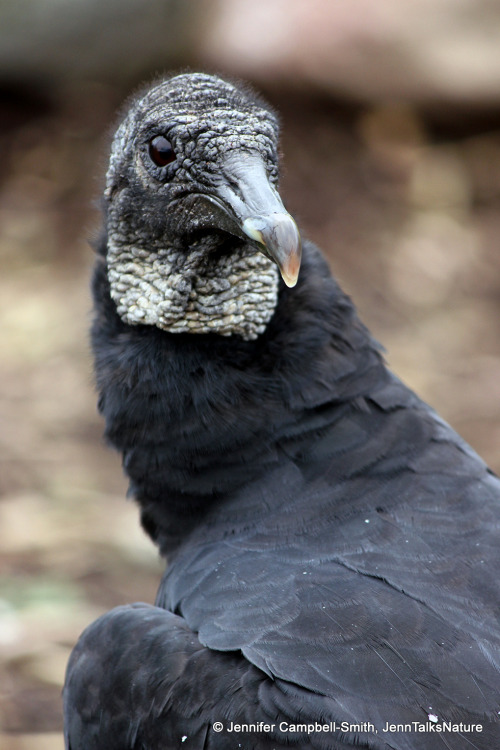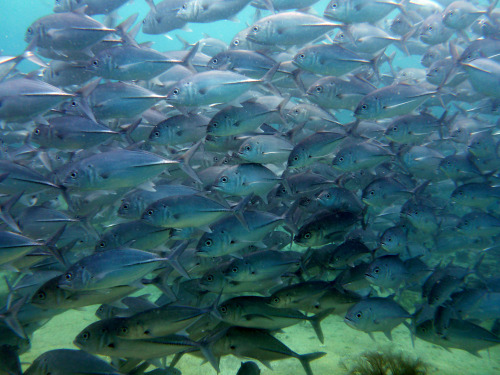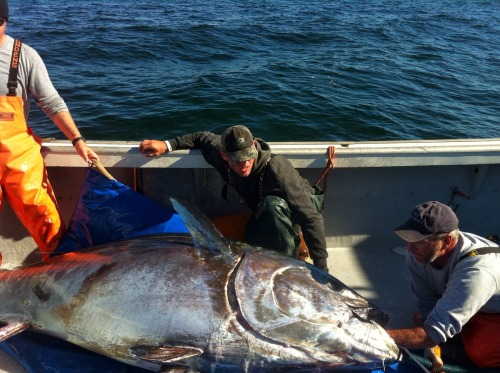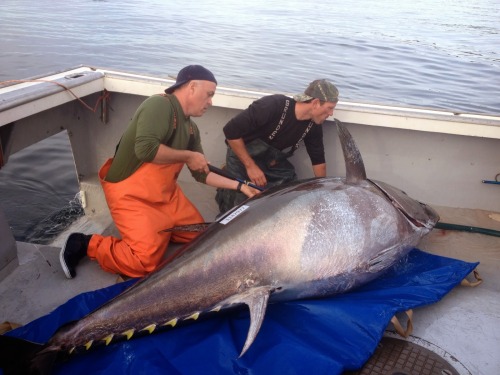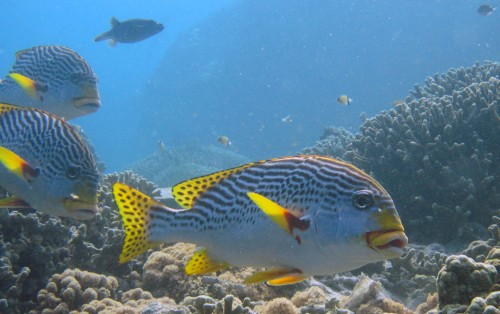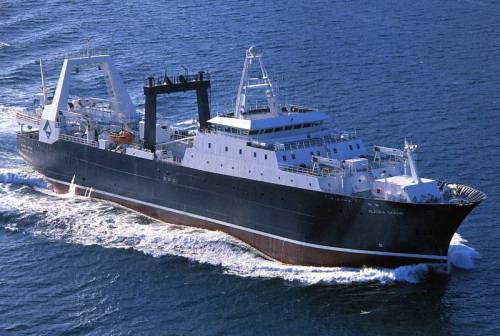#conservation
A male western hoolock gibbon for @sarah_be12
This species is endangered and can be found in India and Bangladesh
.
.
.
.
.
.
.
.
.
.
.
.
#wildanimals #nature #illustration #art #jenmuir #platypusradio #wildlifeart #wildlifeartist #natureartist #animal #wildlife #watercolor #drawing #animals #polychromos #watercolour #painting #animalartwork #gibbon #conservation #threatenedwildife #primate #commission (at Oxford, Oxfordshire)
https://www.instagram.com/p/Bxsdnj6FAzS/?igshid=2n8vrir4tv79
Post link
A silvery marmoset
.
.
.
.
.
.
.
.
#platypusradio #jenmuir #art #nature #etsyartist #estyart #wildlifeart #wildlifeartist #natureartist #animal #wildlife #illustration #pencil #wildanimals #watercolor #drawing #artist #animals #watercolour #painting #conservation #animalartwork #primate #marmoset (at Cowley, Oxfordshire)
https://www.instagram.com/platypusradio/p/BxKuyj_lyIv/?igshid=1ay6tpqs4hwnj
Post link
Some giraffes For every purchase, 20% of the profits will be donated to the Giraffe Conservation Foundation (https://giraffeconservation.org), who work to protect the habitats of giraffes and other wildlife.
.
.
.
.
.
.
.
.
.
.
#nature #art #jenmuir #platypusradio #etsyartist #estyart #wildlifeart #natureartist #animal #wildlifeartist #oxford #wildlife #wildanimals #illustration #pencil #watercolor #drawing #polychromos #watercolour #giraffe #painting #animals #artist #conservation #animalartwork #threatenedwildife #africa (at Oxford, Oxfordshire)
https://www.instagram.com/platypusradio/p/Bw2W7eiFn-T/?igshid=6c5jvksszt2s
Post link
Pgymy hippos are critically endangered, with only 2000 remaining. They are found only in the Upper Guinea forests of West Africa.
For every purchase, 20% of the profits will be donated to @pygmyhippofoundation who work on education and conservation projects in Liberia.
.
.
.
.
.
.
.
.
.
#hippo #nature #art #jenmuir #platypusradio #etsyartist #estyart #wildlifeart #wildlifeartist #natureartist #animal #wildlife #wildanimals #illustration #pencil #drawing #animals #artist #sketch #animalartwork #threatenedwildife #conservation (at Cowley, Oxfordshire)
https://www.instagram.com/platypusradio/p/BwukLbeFDAG/?igshid=1nzaeyvyuaukw
Post link
In just a few short years, 90% of the kelp forests in northern California have disappeared.
In 2018, a team of scientists, managers and resource users teamed up to create a Bull Kelp Recovery Plan that outlines specific research, monitoring, restoration and community engagement strategies to address the severe kelp loss off California’s Sonoma and Mendocino counties.
There is no single path to recovery, but, through a foundation of partnerships, we’ve identified multiple actions to protect and restore kelp forests so they can continue to sustain marine ecosystems and coastal communities for years to come.
Seagrass in Florida Keys National Marine Sanctuary
Did you know that seagrasses are the only flowering plants that thrive fully submerged in marine environments? Learn about the “lungs of the sea” found in Florida Keys National Marine Sanctuary in this week’s Earth Is Blue video!
Yesterday, myself and another ornithologist recovered the dead body of an adult black-crowned night-heron from City Park in Denver, CO. The bird’s foot was tangled in discarded fishing line that was then wound around a tree branch in a rookery. Based on the bird being unable to leave the tree branch, it died slowly, unable to get free.
This morning I went to Belmar Park in Lakewood, CO to photograph birds. I found fishing line in the mouth of an adult great blue heron that had just brought a meal of fish to its nestlings. Worse yet, I found a double-crested cormorant, tangled in fishing line, hanging dead from a tree in the rookery.
Improperly discarded fishing line kills birds in terrible ways. It’s not just an issue in an ocean far away, or in fishing towns, it’s an issue right in your local parks.
Please properly account for and dispose of fishing line and encourage others to be responsible as well. Life is hard enough for wild animals, don’t make it that much harder.
Post link
Happy International Vulture Awareness Day! Bald is beautiful!. Why are they bald? These birds help clean up our environment and keep diseases at bay by eating carcasses. The bald head helps reduce the places bacteria can hide (such as in feathers) while they are digging in for dinner. Their adaptations to deal with carrion don’t stop there though. These birds can literally eat diseases in flesh, and destory them in their guts, that would otherwise contaminate the environment. That’s right, vultures keep humans and other animals healthy!!
However, most of them are suffering and dying out at human hands, and the world will be much worse off without these incredible birds. Vultures all over the world are shot and exposed to intentional, and unintentional, lead and chemical contamination of carcasses. Right now many old world vultures are having their populations devastated by the use of Diclofenac in livestock, which kills vultures soon after they eat from the carcass. Even if you don’t like vultures, this is a problem directly applicable to humans, with the backlash already wreaking havoc in India.
This post contains photos of vultures I’ve been fortunate to meet over the years. My favorite vulture is, of course, the bearded vulture (aka lammergeier), but I don’t have a photo of a live one, only dead ones (study skins at museums). I can’t wait until the day I can meet and interact with a live bearded vulture, but that may only happen in captivity if we don’t tackle the dangers of diclofenac, lead, and persecution, and do so quickly. We are talking vulture species extinctions within the next few years.
If you are interested in learning more about what services vultures provide for humans (and other animals), and how you can contribute to their conservation and restoration, please visit these websites:
http://www.todayifoundout.com/…/dont-vultures-get-sick-eat…/
http://www.peregrinefund.org/projects/asian-vulture-crisis
https://www.justgiving.com/africanvultures/
http://projectvulture.org.za/
Post link
To better understand why museums collect specimens, instead of purely relying on salvaged specimens, Emily Graslie makes a very clear argument and important points!
Where’d you get all those dead animals? (by thebrainscoop)
Tape repair.
From p.32-33 of The Tale of Old Mr. Crow by Arthur Scott Bailey (1917). Original from the University of Michigan. Digitized January 10, 2013.
Post link

Yay … the bees have arrived. Absolutely delighted to welcome these little guys … really hope they love their new home.
Reef fish diversity and management
Our lab group recently published a paper on the patterns of Philippine reef fish assemblages, and its implications towards management.
We found that surveyed reef sites may hold a number of rare or restricted-ranged species, but were mostly dominated by a few highly abundant species. In addition, most of these dominant species were small-bodied fishes (unlike the school of large-bodied bigeye trevally (Caranx sexfasciatus) you see in the photo above; a rare sight in our surveyed reefs)—an indication of the intense fishing pressure (which typically targets and depletes populations of large-bodied fishes) throughout most coastal areas of the country.
Read more about Philippine reef fish assemblages and their management implications on my other, wordier blog!
Image source: KevinofPopSea and the JA Lab Group
Reference:Anticamara et al.2015
Post link
Tag-A-Giant
Here, a team of scientists and fishermen work together to tag an 800+ pound Atlantic bluefin tuna (Thunnus thynnus), one of the most powerful apex predators in the sea.
These folks are members of Tag-A-Giant (TAG), an organization that evolved from the Tag-A-Giant research program at Stanford University. Their mission is to help sustainably manage populations of bluefin tuna with scientific research and data-gathering.
Data-gathering is done through electronic tags surgically implanted into the tuna. The tags continuously record data on depth,location,surrounding water temperature, and the tuna’s internal body temperature, allowing researchers to study the movement and habits of this amazing fish.
The data stored in the tags is collected depending on the type of tag used. Pop-up satellite tags automatically detach themselves from the tuna after a certain amount of time, then float to the surface and transmit the data to a satellite.
Archival tags, on the other hand, are only obtained if the fish is caught—usually by commercial fishermen. As incentive, TAG gives out a $1,000 reward for the return of their archival tags.
…for science! (and sustainable fishing!)
*note: Pop-up tags also fetch a nice $500 reward if found, and can wind up washed up on beaches. Vacationers, keep an eye out!
Photos:TAG Blog
References:TAG
Blocket al. 2005.
Blocket al.1998
Post link
In Memoriam
This 19th century weapon was made with shark’s teeth, fashioned by the people of the Gilbertese Islands in the Central Pacific Ocean. Other Gilbertese shark tooth weapons included clubs, daggers, knives, lances, spears, swords, and other ‘unclassifiable’ types.
Such artifacts provide a window to a region’s ecological past. For example, the tooth shown in close-up above is of the dusky shark (Charcharinus obscurus)—a species no longer present in the waters surrounding the Gilbert Islands. This could suggest the local extirpation of C. obscurus from the Islands, possibly due to over-exploitation, considering the value of sharks in Gilbertese culture and the species’ commercial importance.
In places where no written or photographic records exist, relics such as these weapons are the only clues to inferring the ecological history of a region…and how us humans have changed it.
Images source: Drewet al.2013.
Reference:Drewet al.2013.
Post link
Status update: Philippine reef fish species
Recently, our lab group published a paper on the current status of reef fish species diversity in the Philippines, based on field data collected from 2012-2013.
Our main findings were that: (1) many places throughout the Philippines were still had a lot of reef fish species, but exhibited low fish abundance and biomass; (2) most reef fish species throughout the country exhibited low abundances and/or restricted distributions; (3) the few species that exhibited high abundance and wide distributions were small-bodied generalists; and (4) most large-bodied, carnivorous (and commercially-important!) species had low abundances and restricted distributions.
Read more about the current status of Philippine reef fish on my other, wordier blog!
Image source: Kevinof PopSea and the JA Lab Group
Reference:Goet al.2015
Post link
Why study fish?
This is a question I posed, and answered, in my ichthyology class today. They have, after all, spent the last few weeks identifying smelly, preserved fish specimens and blurry underwater photos.
I told them about the current state of the world’s fisheries. I told them about how declines in global fish catch, increases in collapsed fisheries, and decreases in fish catch per unit effort have been happening over time, despite the global fleet fishing harder, farther, and deeper in all the oceans of our planet.
Then, I told them that that’s where fish knowledge and identification comes in. Through scientific monitoring, we have a way of keeping track of (and managing) our ocean’s supply of fish–which is not an infinite resource.
I talk more about this in a longer blog post over here, so do check it out of you are interested.
Post link
We’re proud to share an historic announcement - the Confederated Salish and Kootenai Tribes (CSKT) have assumed full management of the Bison Range!
Formerly known as the National Bison Range, the land was restored to the Tribes by the Montana Water Rights Protection Act when signed into law on December 27, 2020.
After a two-year period of transition and continued partnerships with USFWS, the Bison Range is now under full management of CSKT as of January 2, 2022.
“Returning the Bison Range to its people is a momentous occasion, honoring lands, relationships, and conservation successes of the Confederated Salish and Kootenai Tribes,” said USFWS Director Martha Williams. “We’ve worked collaboratively with CSKT for many years and look forward to continuing to work together to conserve wildlife. I can’t wait to visit the CSKT’s Bison Range in the future.”
Learn more: http://ow.ly/tbfs50IqFuZ
Photo: Bison and her calf in Montana by Mike Borgreen/USFWS
Post link

